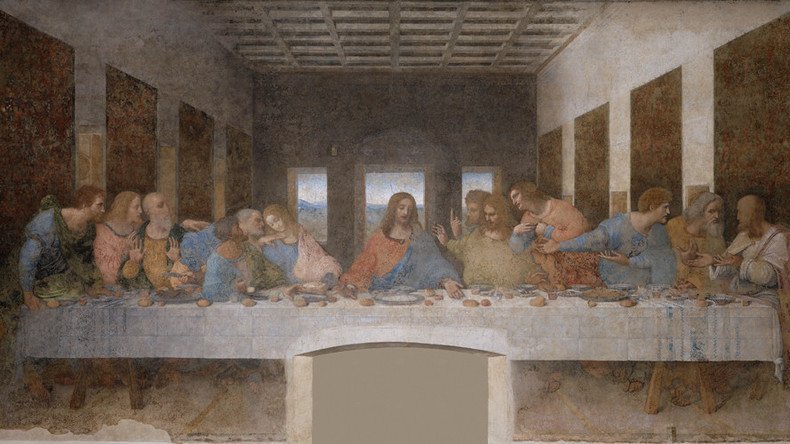Ancient Roman home to Christ's apostles ‘discovered’ in Israel

Archaeologists believe they may have found the Roman city of Julias – said to have been home to three of Jesus’s apostles – in modern-day Israel.
A dig in the Bethsaida Valley Nature Reserve in the upper Jordan Valley revealed a multi-layered site containing a Roman-style bathhouse, among other remains and artifacts.
Researchers are basing their exploration on the writings of Flavius Josephus, the first-century Romano-Jewish scholar and historian, who said the town of Bethsaida was upgraded to a city and renamed Julias after Julia Augusta, mother of the Roman Emperor Tiberius, in 30 AD.
Speaking to Haaretz, Dr. Mordechai Aviam of Kinneret College on the Sea of Galilee said that the works had been ordered by Philip, the son of biblical King Herod.
"Josephus reported that the king had upgraded Bethsaida from a village into a polis, a proper city. He didn't say it had been built on or beside or underneath it,” Aviam said. “And indeed, all this time, we have not known where it was. But the bathhouse attests to the existence of urban culture.”
The gospel of John names the disciples Philip, Andrew and Peter as being from the town Bethsaida.
Burial place of 1.5yo boy with deformed elongated skull unearthed by archaeologists in Crimea https://t.co/KNuDIT0QOs
— RT (@RT_com) July 28, 2017
The dig also uncovered a mosaic wall which may have been part of a church. Archaeologists believe the find may tally with the account of a Bavarian bishop who reported visiting a church said to have been built over the home of Peter and Andrew during a trip to Bethsaida in 725 AD.
The area, known as el-Araj, is one of three considered most likely to be the site of Julias, along with the nearby site of e-Tell.
Experts dig for Biblical tabernacle that ‘held Ark of the Covenant’ https://t.co/ejWDKCjA9K
— RT (@RT_com) July 27, 2017
"Only time will tell if (1) our site has the church, and (2) it is correctly situated on the site of first-century Bethsaida,” Steven Notley, academic director of the el-Araj excavations and professor at Nyack College in New York, told National Geographic.
“At present, I think our prospects of an affirmative answer on these two points is very, very good.”












